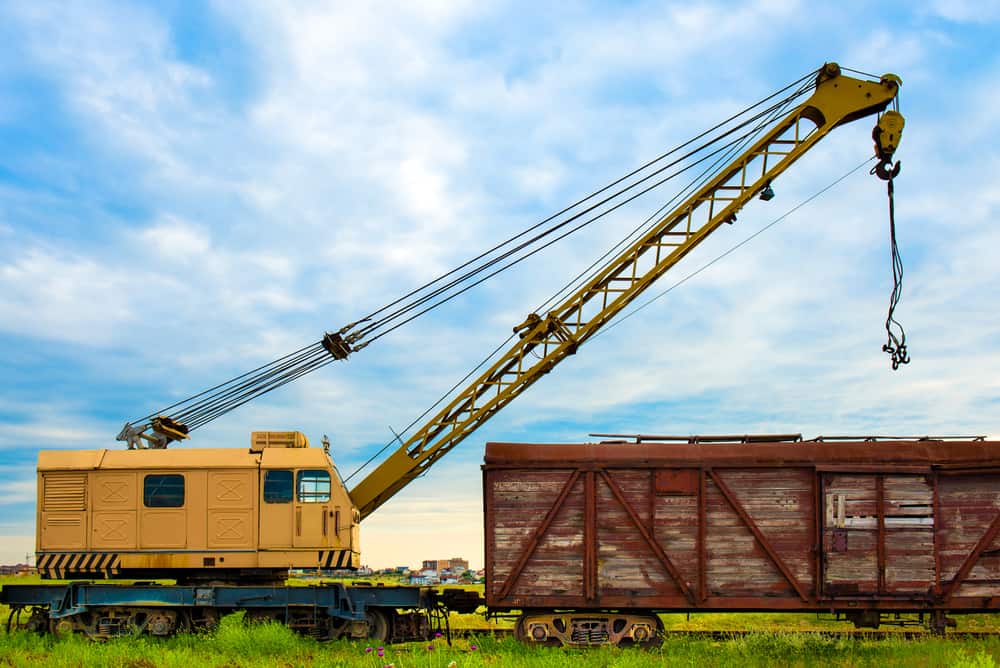Level luffing stationary cranes are an important piece of equipment in many construction sites, ports, and industrial facilities. These cranes are characterized by a jib that can be raised or lowered vertically without changing its inclination, allowing the load to be lifted or lowered vertically without swinging. This feature makes level luffing stationary cranes ideal for precision handling of heavy loads in limited spaces.
The level luffing mechanism of these cranes is powered by hydraulic systems. Hydraulic systems use a liquid, typically oil, to transmit force and motion through a system of pumps, valves, and actuators. This allows the crane operator to control the jib’s vertical motion with great precision, ensuring that the load is handled safely and efficiently.
One of the key components of a hydraulic system used in level luffing stationary cranes is the hydraulic pump. The pump is responsible for pressurizing the hydraulic fluid and delivering it to the actuators, which control the jib’s movement. In many cases, the pump is driven by an electric motor, but other power sources, such as diesel engines, can also be used.
Another important component of the hydraulic system is the hydraulic cylinder, which is responsible for converting the fluid pressure into linear motion. The cylinder is connected to the jib and its movement controls the vertical position of the jib. The hydraulic valves control the flow of fluid to the cylinder, allowing the operator to control the jib’s speed and direction of movement.
Level luffing stationary cranes are versatile and efficient tools that play an important role in many industries. The hydraulic systems used in these cranes provide the precision and control necessary to handle heavy loads safely and efficiently. At Texas Hydrostatics, we can make sure that your level luffing crane is functioning optimally and providing reliable, safe performance.

